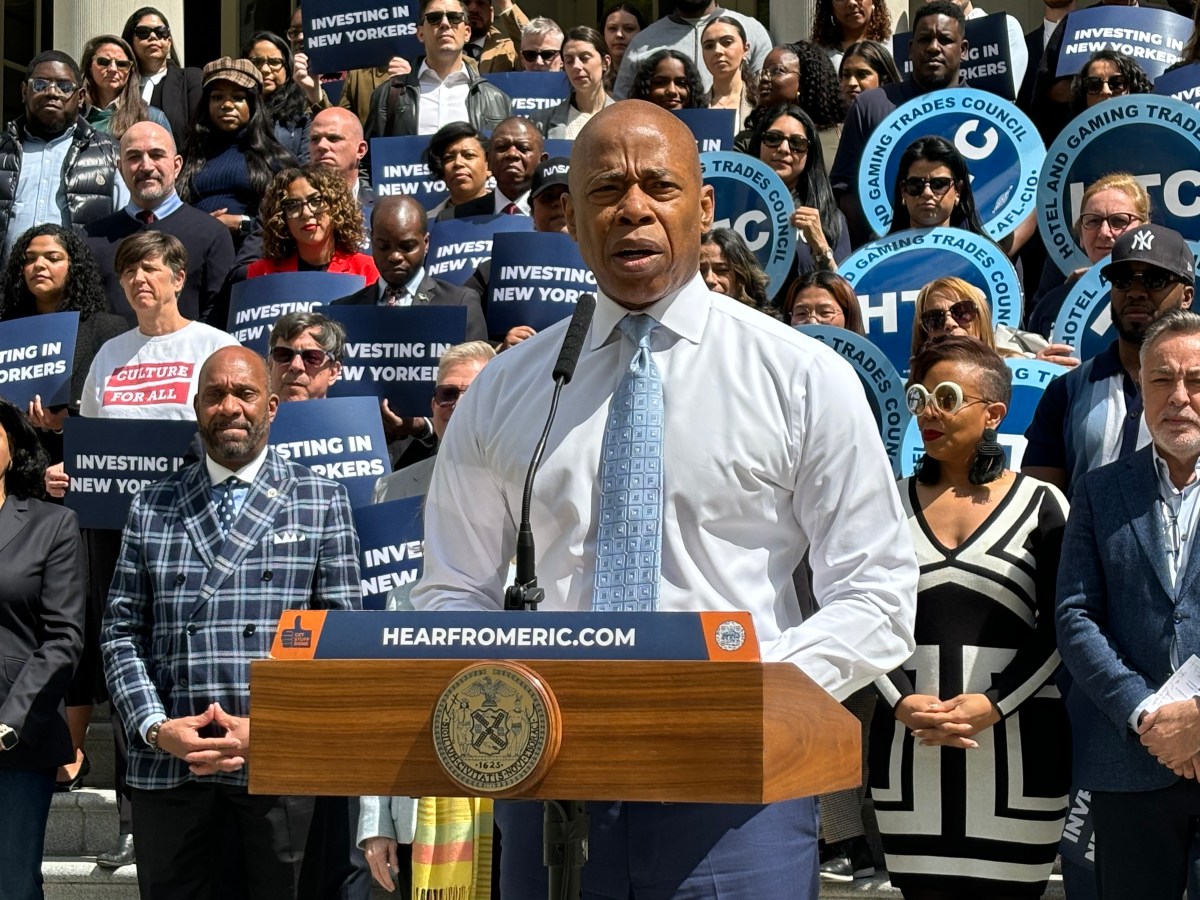OTTAWA – Bank of Canada governor Mark Carney says he believes fiscal and monetary stimulus measures already in place are sufficient to push the economy out of recession.
The central bank governor told a Senate committee Wednesday afternoon that he has made plans for further aggressive intervention in the economy, but doesn’t believe he will need to use them.
“There will be additional shocks, there will be setbacks, I wouldn’t want to leave the impression of being on auto-pilot,” he said.
“That being said, there is considerable stimulus already in place, and we think the fiscal stimulus internationally will really hit in 2010. Provided we don’t get (more) shocks . . . we expect growth to commence at the end of this year and to accelerate in 2010.”
The central bank recently revised downward its much-criticized, rosy outlook for the economy. It now projects the gross domestic product will shrink by a full three per cent this year before stabilizing at the end of the year and returning to growth of 2.5 per cent next year.
The 2010 growth projection still puts Carney at the upper range of economic forecasters.
But surprisingly, Carney did not cite the recent sightings of so-called encouraging “green shoots” in the otherwise barren economic landscape as a reason he remains what many would consider optimistic.
Early indications housing markets in the U.S. and Canada are stabilizing, recent improved retail sales and the relatively strong rebound of stock markets has given some hope that the economy has hit bottom and is primed for a slow turn-around.
Wednesday saw more strong signals, including a 250-point surge that pushed the Toronto stock market above 10,000 for the first time in six months.
As well, Statistics Canada reported that building permits rose 23.5 per cent in March from the previous month to $4.5 billion, a much-needed sign of life for the country’s construction industry.
Carney acknowledged the encouraging signs, but added that “it’s much too soon to be totally reassured.”
Still, the central banker says he is optimistic the economy will recover, citing the likelihood of a rebound in the U.S. and the world in general, the lower value of the loonie from last year, and Canada’s overall sound banking and financial sectors.
In addition, he called fiscal stimulus budgets from Ottawa and the provinces “significant,” in the ball-park of the two-per-cent of gross domestic product that world leaders have agreed to.
The bank’s own policy to cut the target interest rate to 0.25 per cent and conditionally committing to keep it there for at least a full year has also shown some results in terms of lower interest rates for consumer and business loans, he said.
In January’s budget, Ottawa pledged to pump $40-billion in additional spending to boost economic activity, including about $12 billion for infrastructure projects.
Carney conceded that unexpected economic shocks could still derail the train, but said the Bank of Canada would intervene if that occurred.
Last month, the bank unveiled options for quantitative and credit easing – which could involve printing new money to purchase government and corporate bonds to improve credit conditions – as measures it retains if conditions deteriorate further.
The non-traditional forms or monetary stimulus have seldom been used with the policy rate at virtual zero, and Carney admitted it posed additional risk for the bank’s books.
A bigger risk for the economy as a whole, say economists, is that the “helicopter drop” of money onto the system will lead to high inflation once the economy improves.
Carney said if quantitative easing is needed, he will take pains to be prudent.
“We’re only going to use them if we need to and only to the extent we need to,” he said.
















